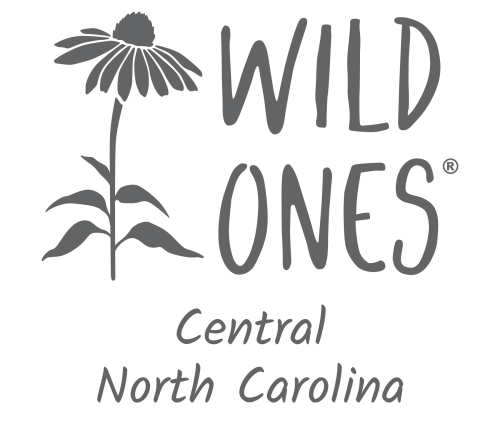The Importance of Ecological Conservation
According to Botanist and Conservation Advisor, Dr. Kenneth Bridle, we are now in a geological era called the Anthropocene. This signifies a phase in the history of the universe in which everything in nature has been touched by humanity. In fact, humanity has changed the landscape so much that stands in the way of nature […] Continue reading "The Importance of Ecological Conservation"
